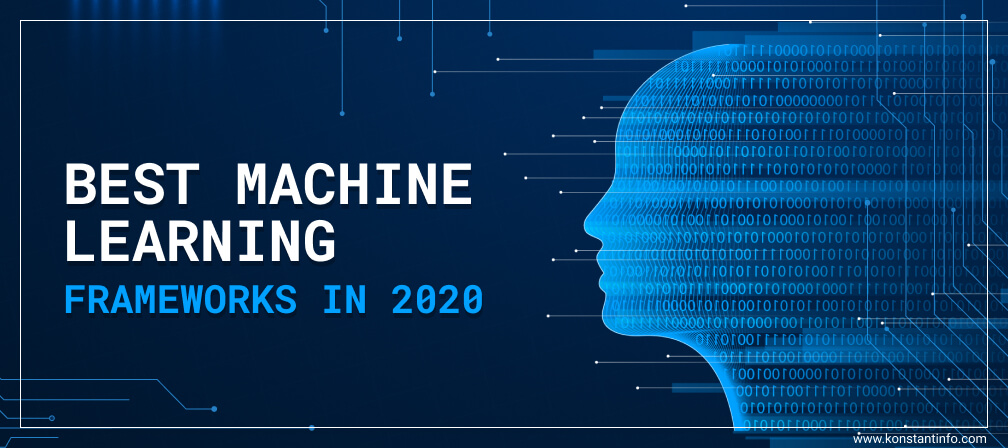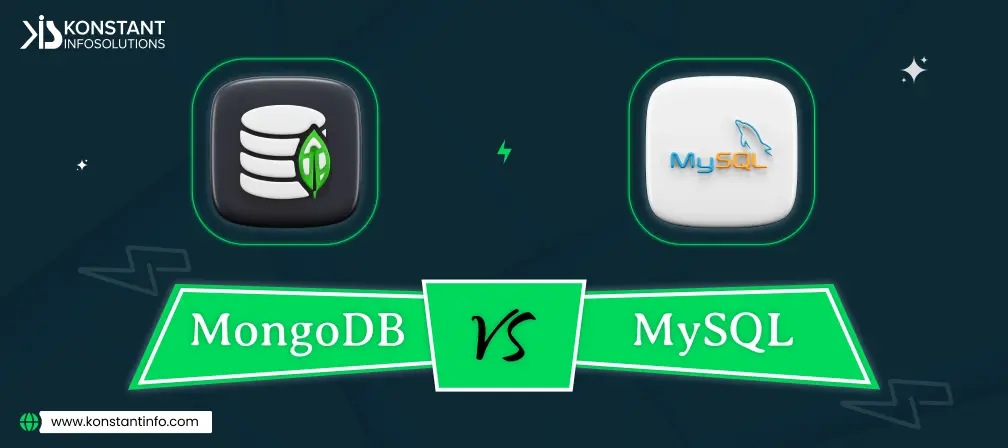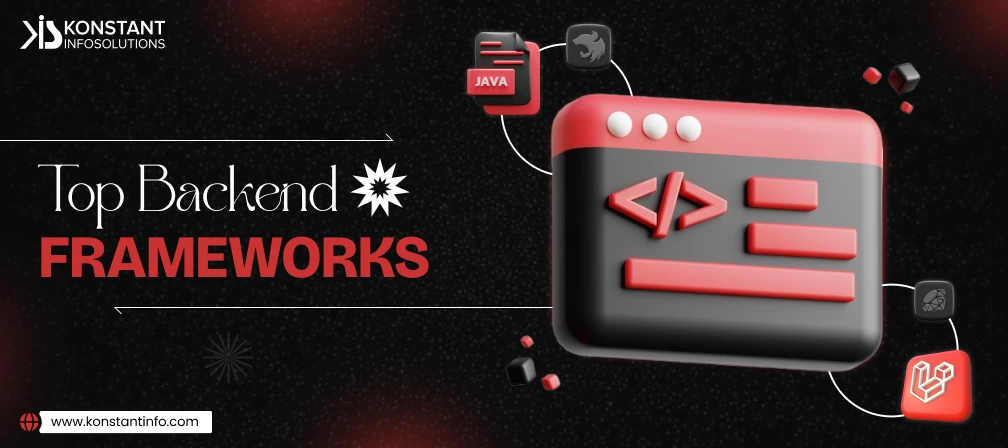
Table of Contents
Companies are relying on machine learning for their main and ancillary applications. Tens of hundreds of open jobs requiring Tensorflow and other Machine Learning experience are a useful way to quantify how prevalent machine learning is becoming in business today. Without overstepping the mark, let us drip-feed each machine learning framework and understand the autonomous analytics that AI has to offer in real-time.
Companies that have embraced the AI tech extensively offer a suite of synthetic data and vision API’s to help businesses across different industries train their machine learning algorithms and improve their AI accuracy and repeatability. Key industries to be benefitted by such solutions include agriculture, industrial – including managing construction sites, smart cities, smart homes, e-commerce, FinTech, AdTech, Telco, Gaming, including Microsoft, Lyft, Waze, and King.
Machine learning gives the computers the ability to learn without being explicitly programmed, giving you greater control over their business with a self-service AI platform that runs continuously to eliminate blind spots – examples include Image processing, medical diagnosis, prediction, classification, learning association, regression etc.
Some familiar machine learning frameworks include PyTorch, TensorFlow, Scikit-learn, ONNX format, FireBase ML Kit, CAFFE (Convolutional Architecture for Fast Feature Embedding), Apache Spark and likewise. The development tools that best meet your requirements including popular IDE’s, Jupyter notebooks and CLI’s or programming languages such as Python, PERL, RoR must be used.
Sonnet Model is explicitly designed to work with TensorFlow and can be integrated with raw TF code and also those written in other high-level libraries.
Gluon offers a straightforward and concise API for defining ML/DL models by using an assortment of pre-built and optimized neural network components. Gluon comes with a complete range of plug-and-play neural network building blocks, including predefined layers, initializers and optimizers which help to eliminate many of the underlying complicated implementation details. It allows users to define neural networks using simple, clear, and concise code. It is flexible, and straight to experiment and prototype.
DL4J is powered by its unique open-source numerical computing library, ND4J. It provides the flexibility that lets users combine sequence-to-sequence autoencoders, variational autoencoders, recurrent nets and convolutional nets as required in a distributed, production-grade framework that works with Spark and Hadoop.
ONNX helps in switching between different ML frameworks such as PyTorch and Caffe2. This framework allows the users to develop in their preferred framework with the chosen inference engine, without worrying about downstream inferencing implications.
Chainer is a deep learning framework written in Python on top of NumPy and CuPy libraries. It is the first Deep Learning framework to introduce the define-by-run approach. It is highly intuitive and flexible and offers ease of debugging.
Machine learning has defined the shape of the modern technology scenario, with AI on the surface. From simple mobile application to B2B e-commerce applications to complex DNA mapping, machine learning makes all of this possible by making use of a set of libraries or a set of tools that allows a user to quickly build models without worrying about the underlying complexities. ML frameworks have been operationalizing Voice-of-Customer insights across organizations in real-time to enable greater customer-centric decisions and direction. The overall goal is to bring greater efficiency, transparency, and reproducibility into AI and ML development. Discuss with us for AI-built-in apps!



Manish Jain is the co-founder and Managing Director at Konstant Infosolutions. He is responsible for the overall operations of the company and has played a major role in bringing Konstant up from its humble beginnings and, with his immense energy and drive, transforming it into a globally trusted name in IT solutions.
Or send us an email at: [email protected]